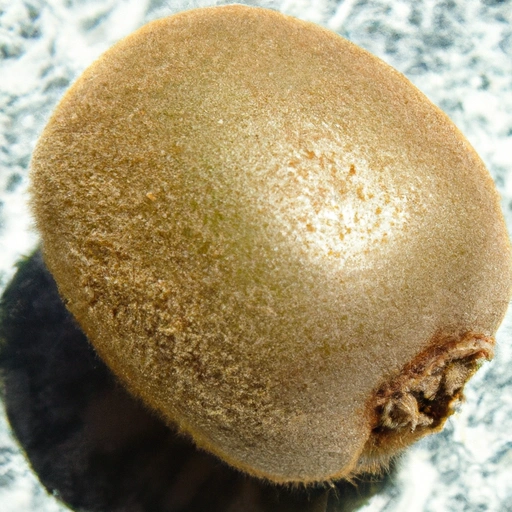Kiwifruit
Description

The kiwifruit, also known as Chinese gooseberry, is a small, oval-shaped fruit with a distinct sweet and tangy flavor. Its fuzzy brown exterior encloses a vibrant green or yellow flesh that is dotted with small black seeds. When ripe, the kiwifruit's flesh is soft and succulent, making it a popular addition to a variety of dishes. Providing a burst of color and flavor, kiwifruit is not only a delightful ingredient but also a powerhouse of nutrition.
Common uses
Kiwifruit is commonly used in fruit salads, smoothies, and as a topping for desserts like pavlovas. It's also a refreshing addition to savory dishes, such as salads and salsas, and can be used as a natural meat tenderizer due to its enzymes.
Nutritional value
Calories
One medium kiwifruit (about 69 grams) contains approximately 42 calories (175 kilojoules).
Protein
Each kiwifruit has about 0.8 grams (0.03 ounces) of protein.
Fat
Kiwifruit is low in fat, with just 0.4 grams (0.01 ounces) per fruit.
Carbohydrates
A typical kiwifruit contains about 10 grams (0.35 ounces) of carbohydrates, mainly in the form of natural sugars and dietary fiber.
Vitamins
The fruit is an excellent source of Vitamin C, providing about 64 milligrams (0.002 ounces), which is more than the daily recommended intake. It also contains Vitamin K, Vitamin E, and several B vitamins.
Minerals
Kiwifruit offers various minerals including potassium, with around 215 milligrams (0.0076 ounces), as well as folate, magnesium, and small amounts of calcium and iron.
Health benefits
Kiwifruit is renowned for its health benefits, which include boosting the immune system, aiding digestion, and providing antioxidant protection. The rich vitamin C content helps in repairing tissues and maintaining a healthy immune system, while the dietary fiber promotes good digestive health.
Potential risks
While kiwifruit is generally safe for most people, it can cause allergic reactions in some individuals, particularly those who are allergic to other fruits. It's also high in vitamin K, which can affect blood-thinning medications.
Common recipes
Kiwifruit is a versatile ingredient featured in a multitude of recipes ranging from kiwi sorbets and smoothies to tropical salads and kiwi-based sauces.
Cooking methods
Most often, kiwifruit is enjoyed raw to preserve its delicate flavor and nutritional content. However, it can also be grilled or added to baked goods.
Pairing with other ingredients
Kiwifruit pairs well with other fruits like strawberries and bananas, as well as with dairy products such as yogurt and cream. Its tangy flavor also complements fish and chicken in savory dishes.
Summary
Kiwifruit, with its unique flavor and numerous health benefits, is a delightful addition to both sweet and savory dishes across various cuisines. Whether used in a refreshing salad, blended into a smoothie, or served as a decorative and tasty garnish, kiwifruit offers a pop of color and a boost of nutrition to any meal.